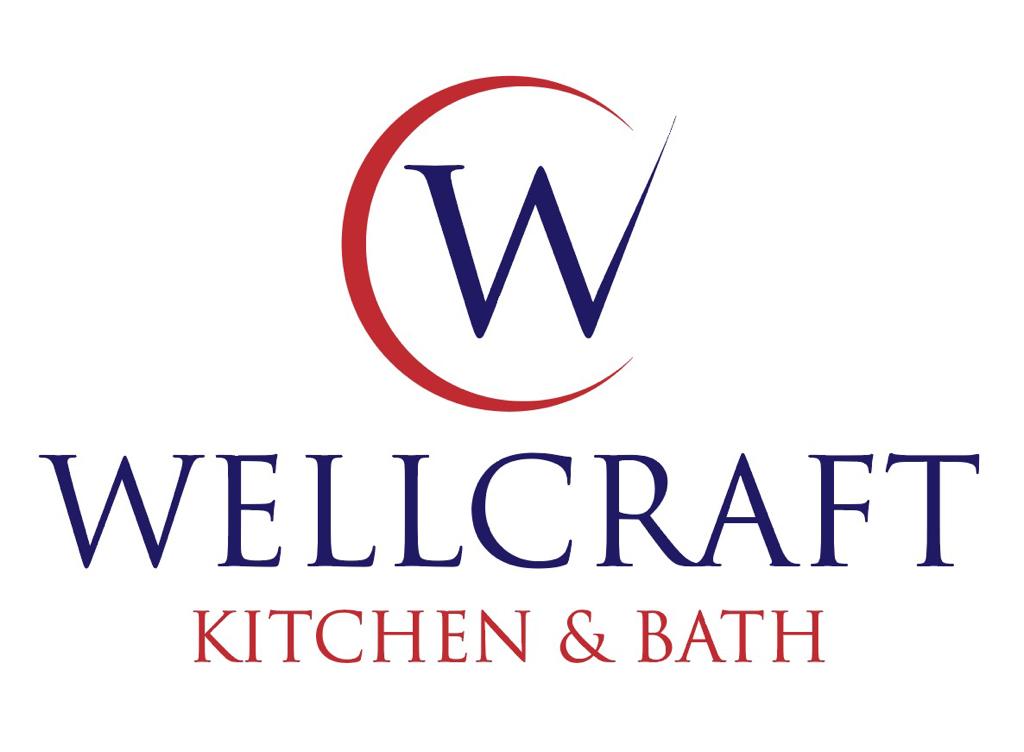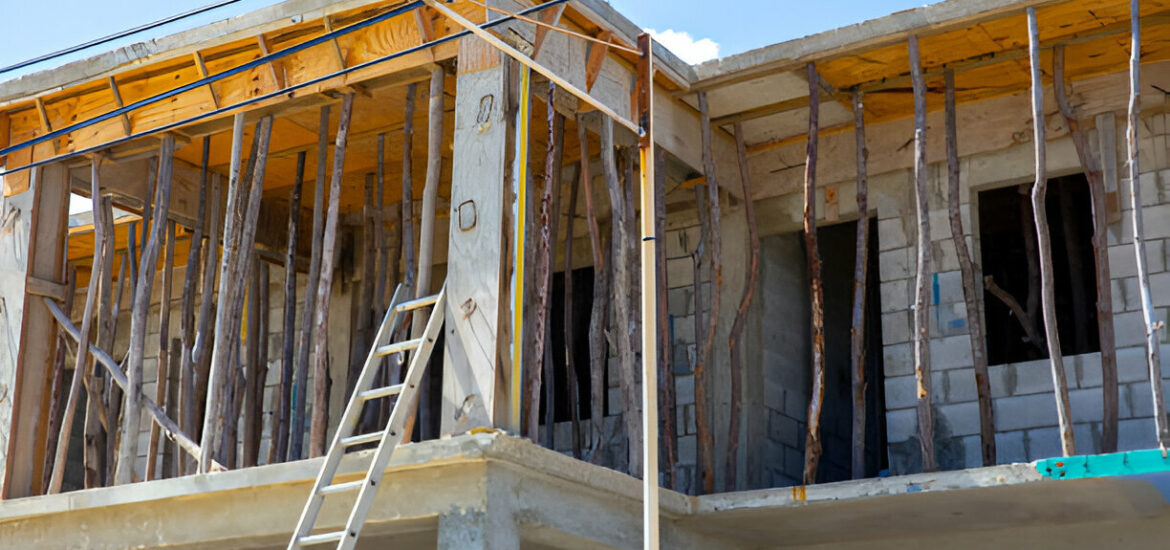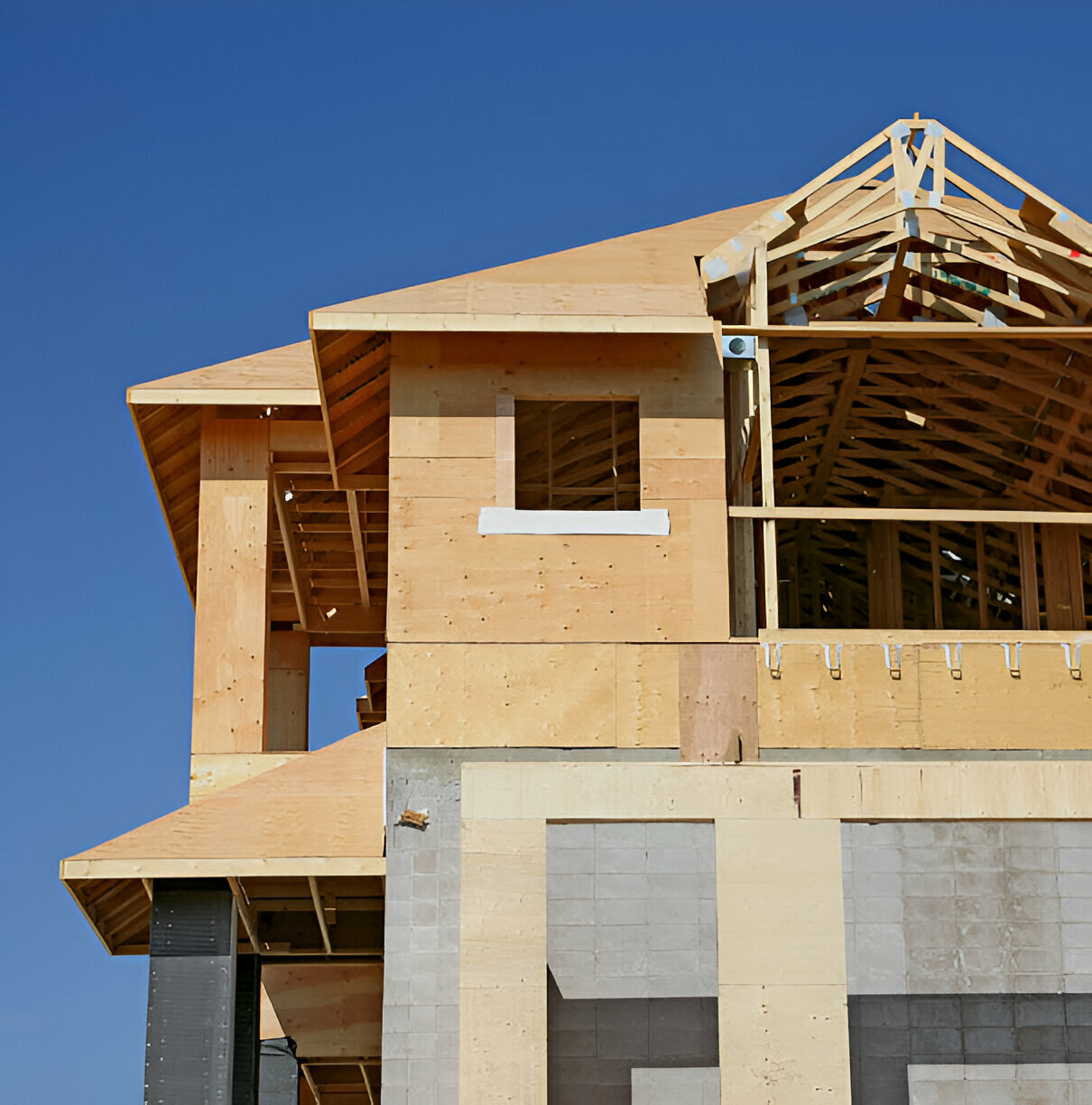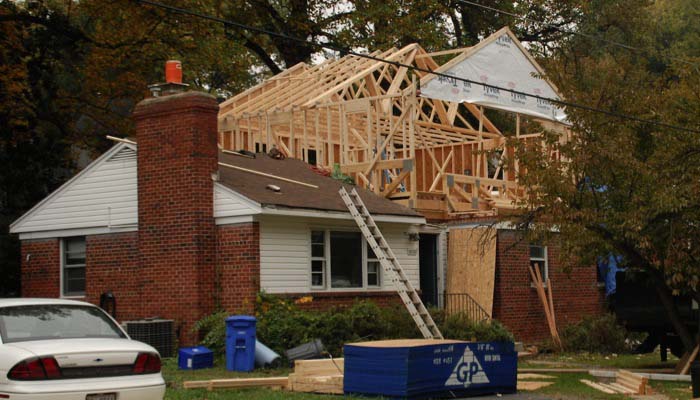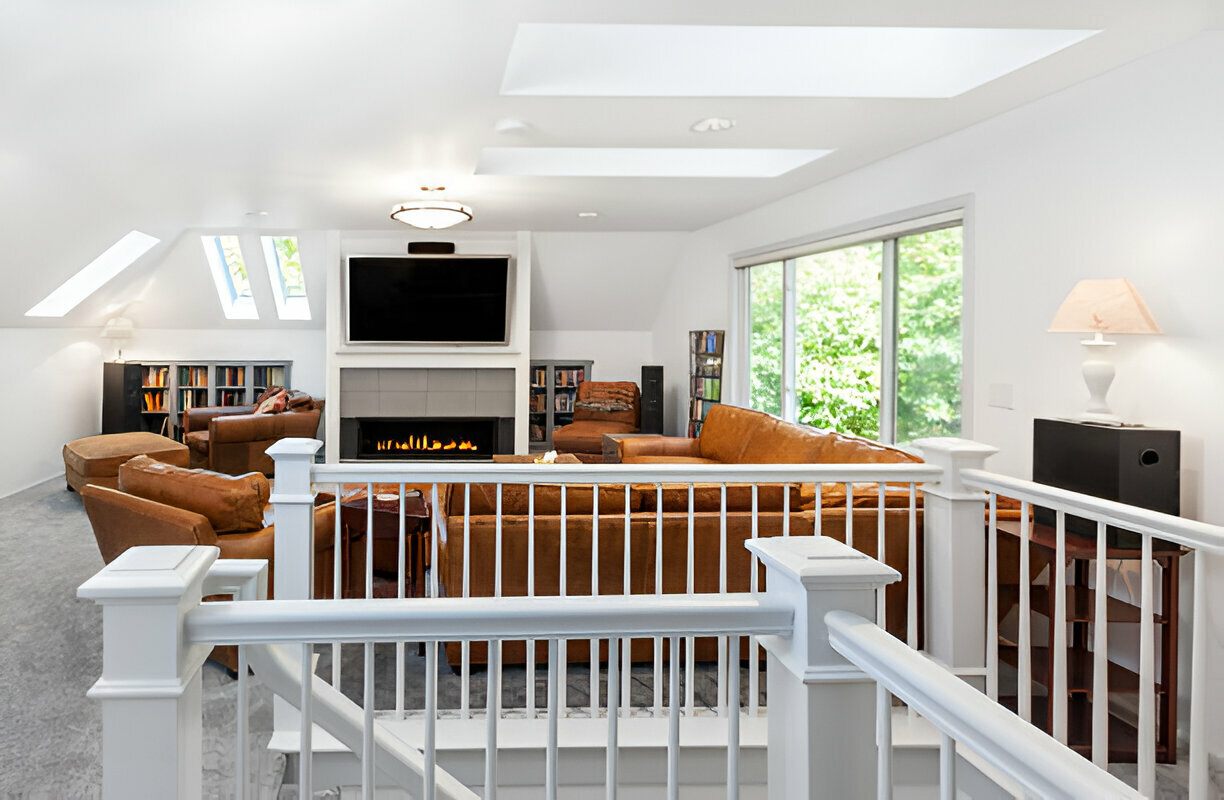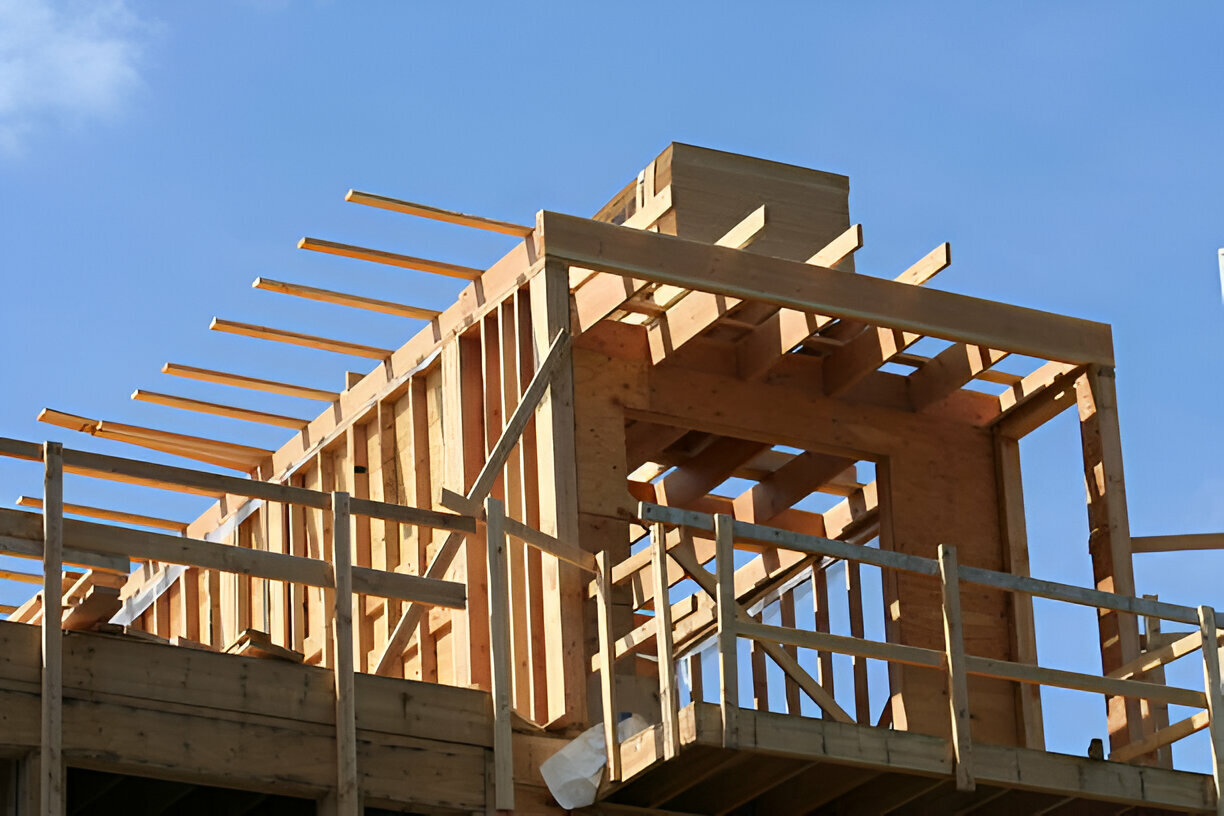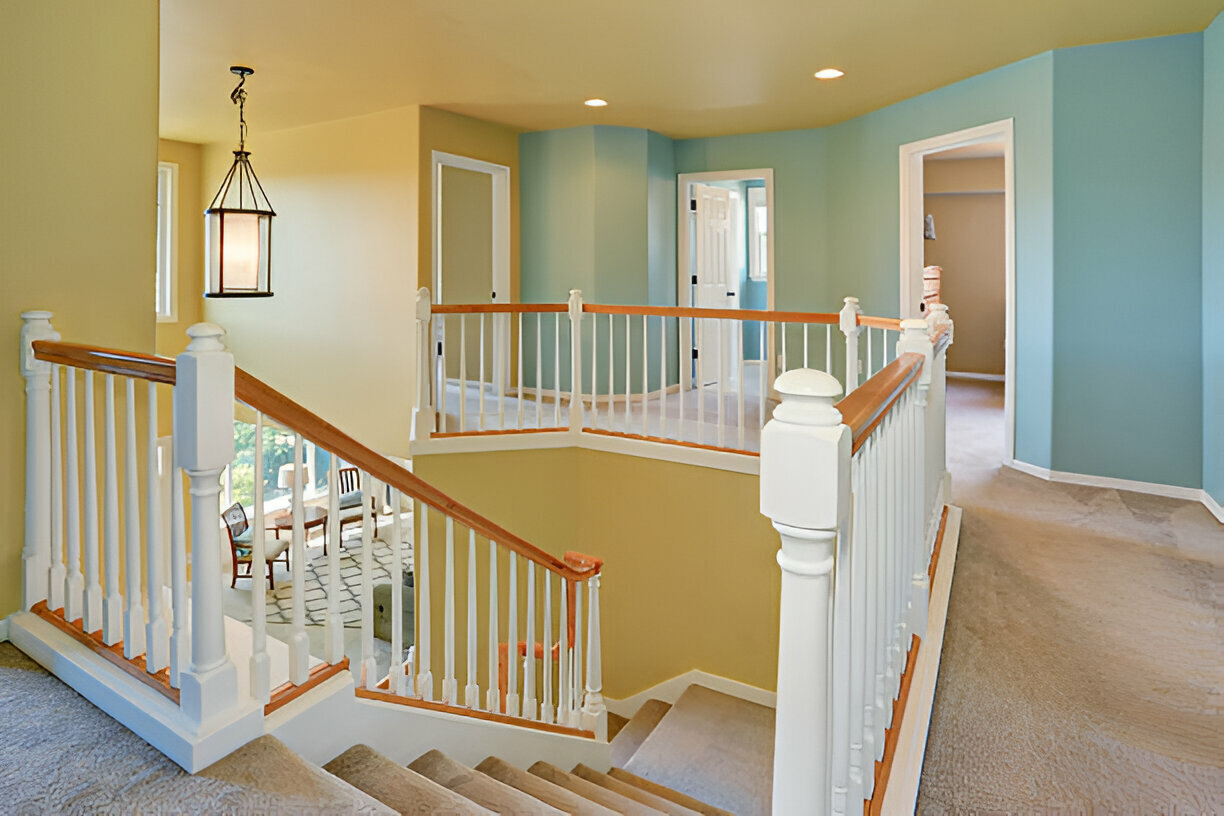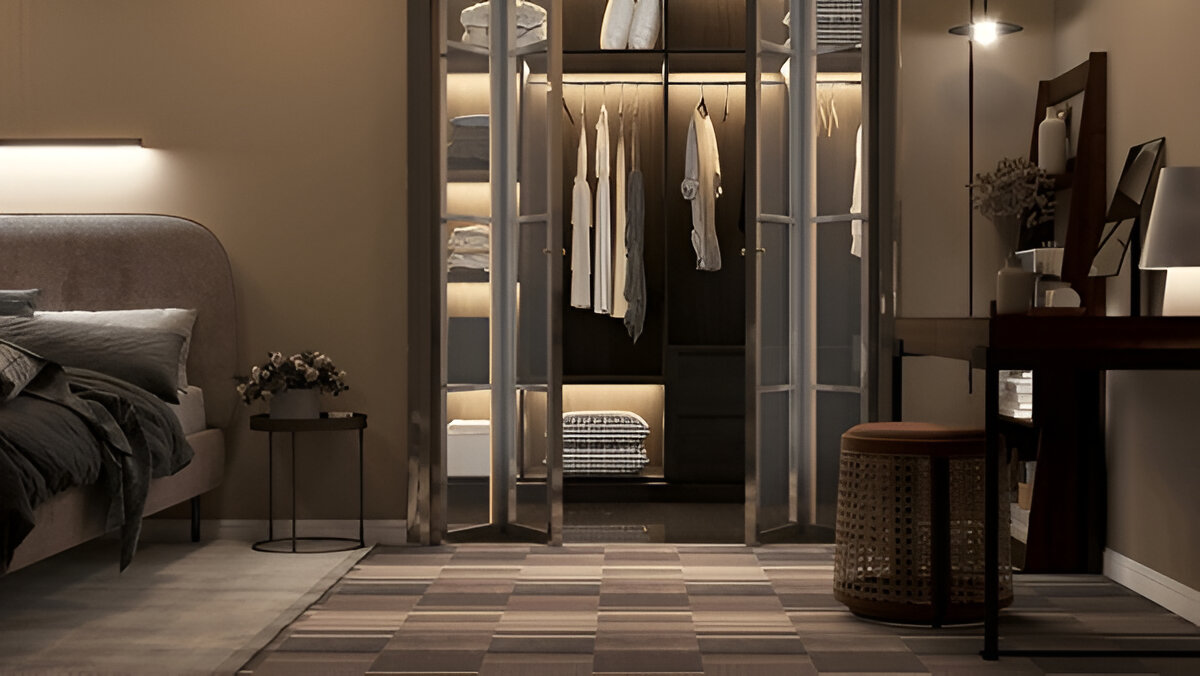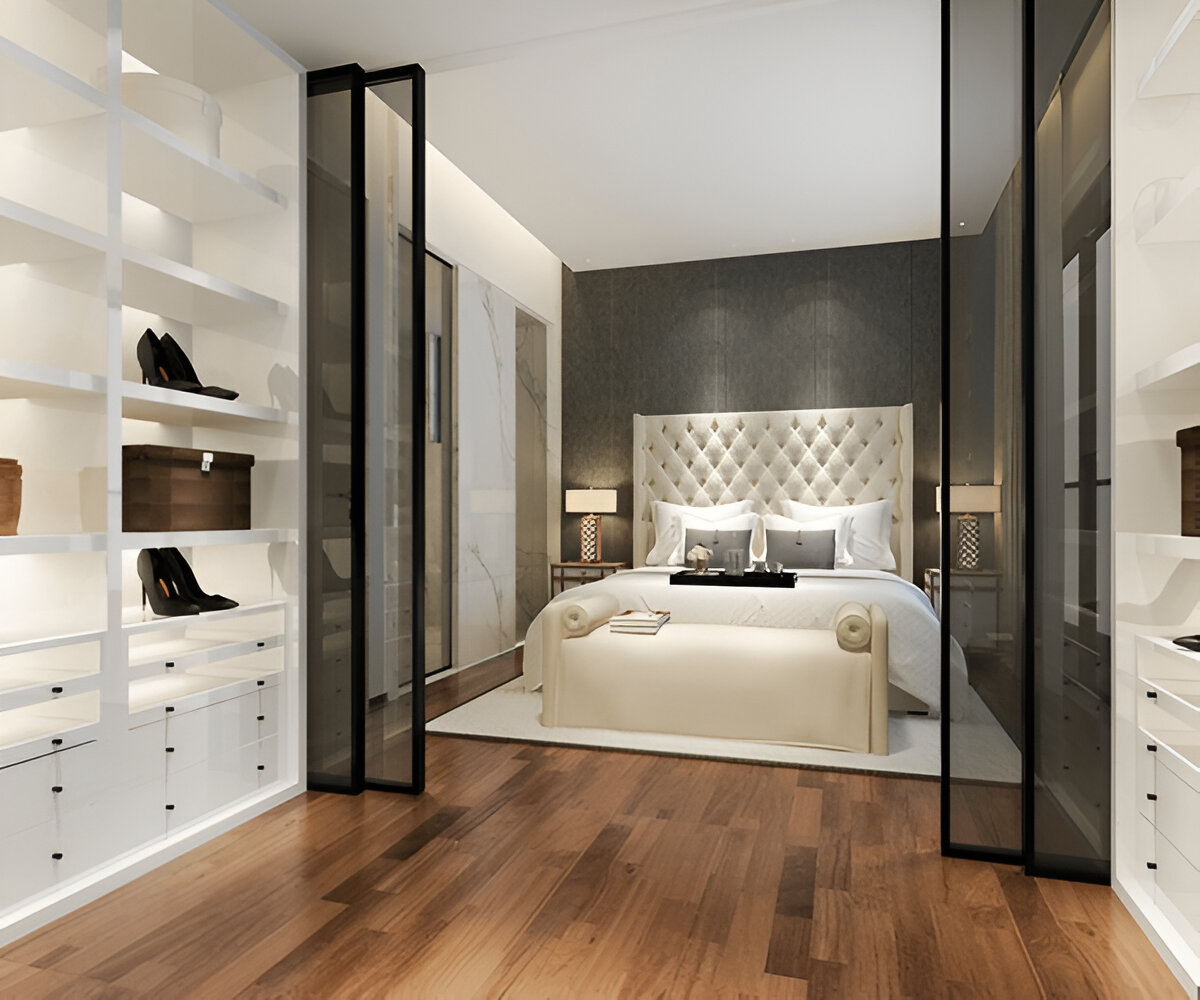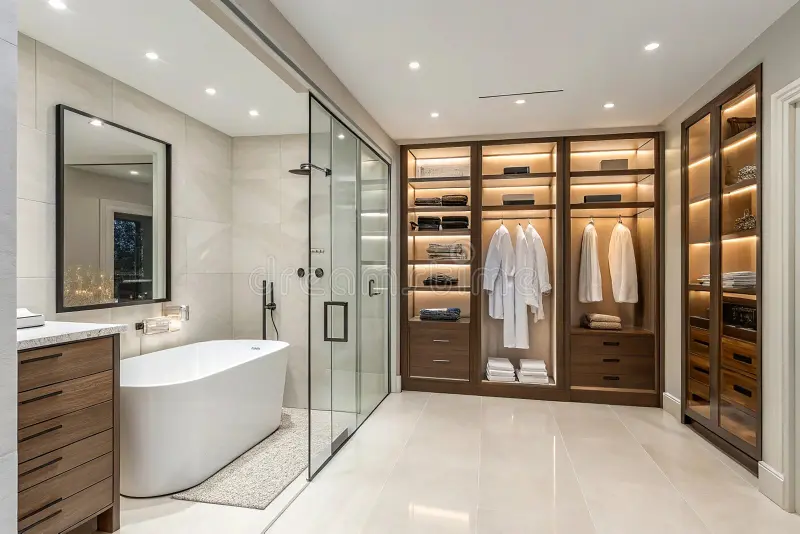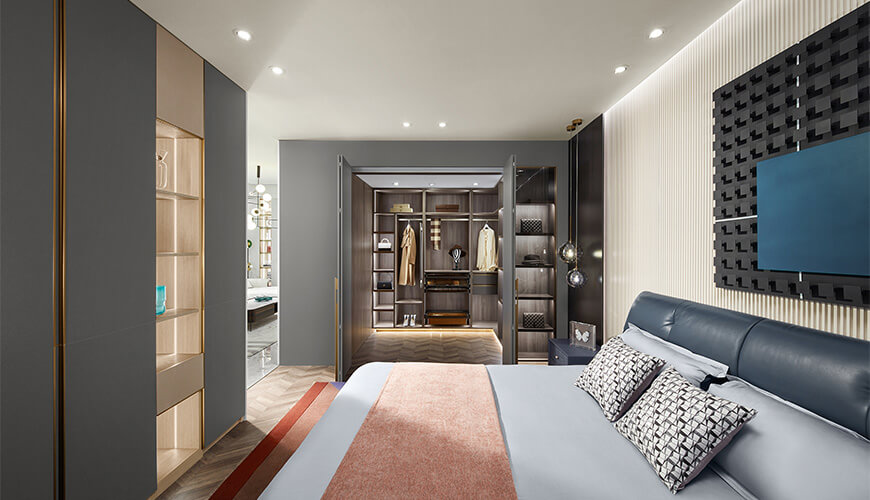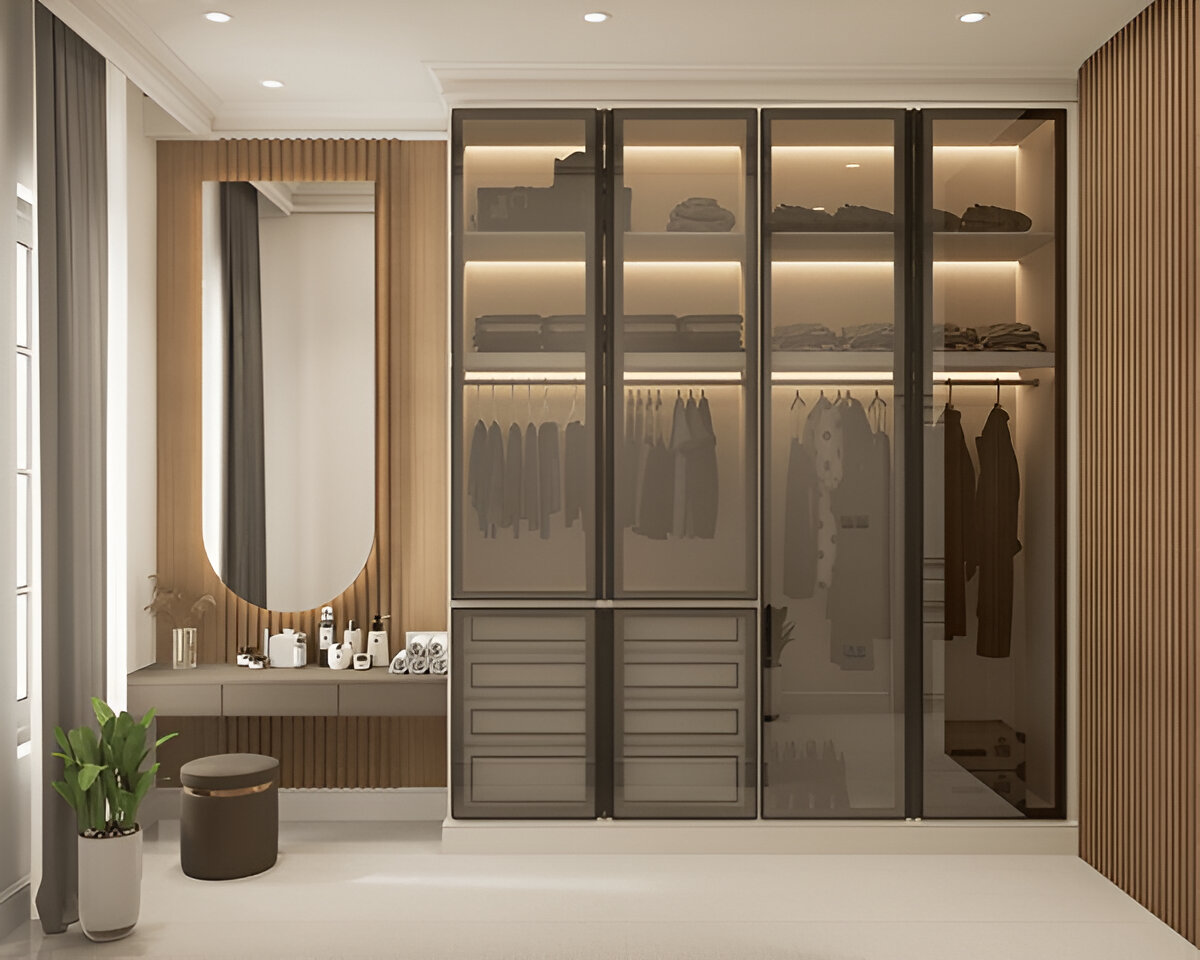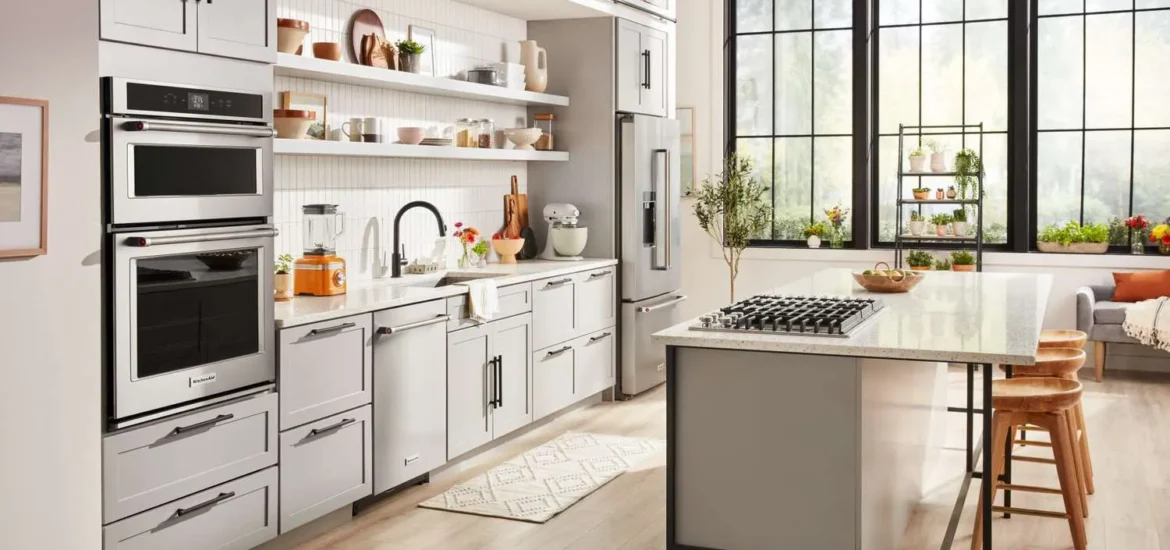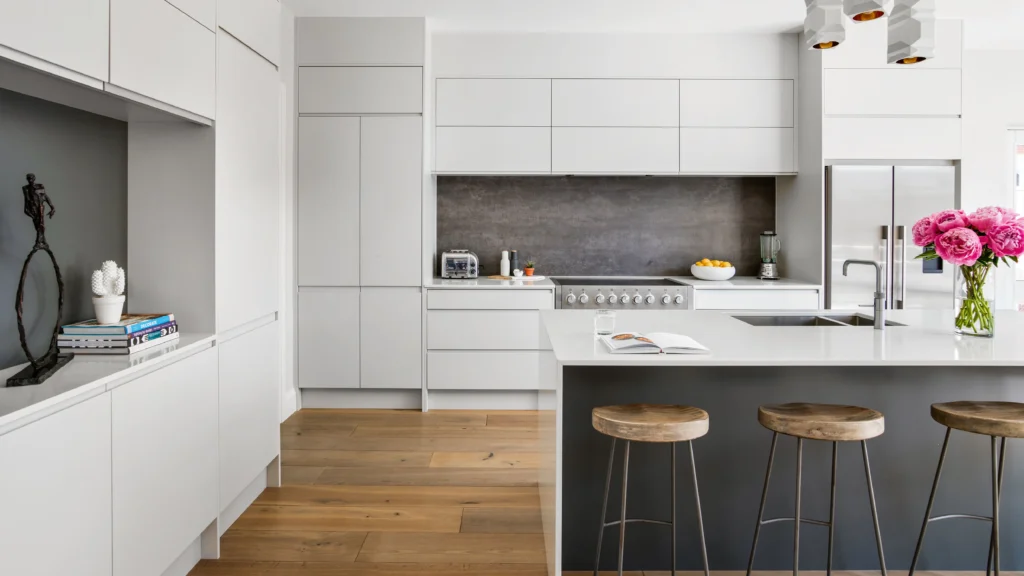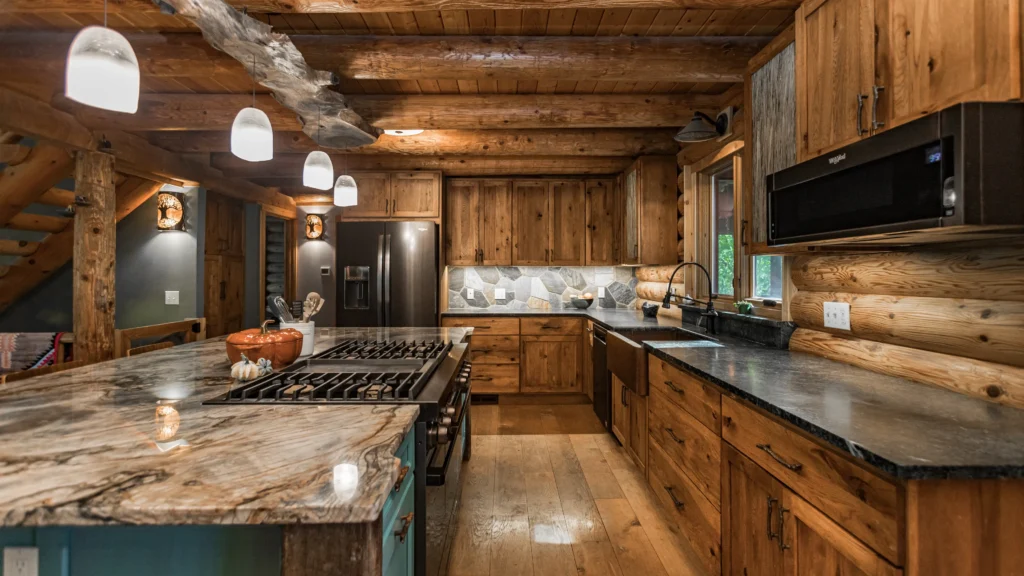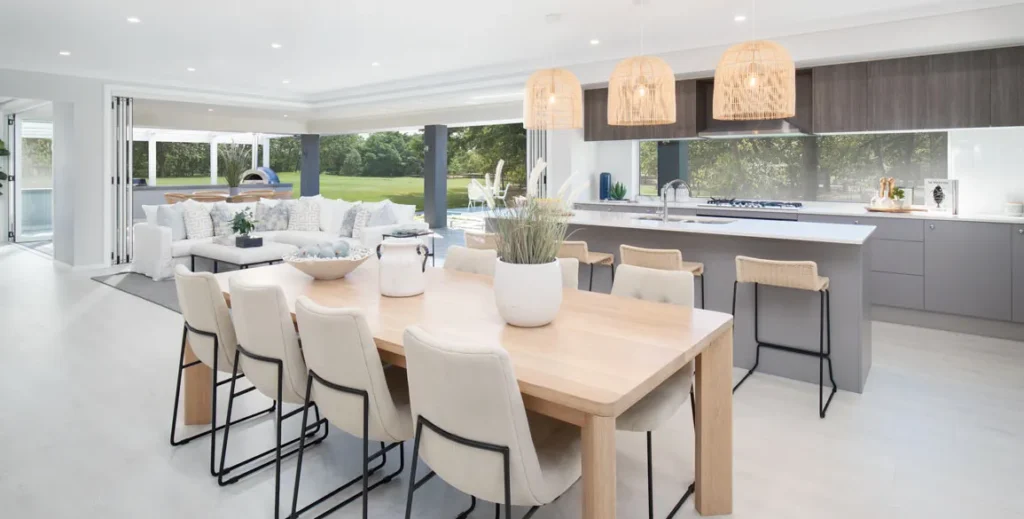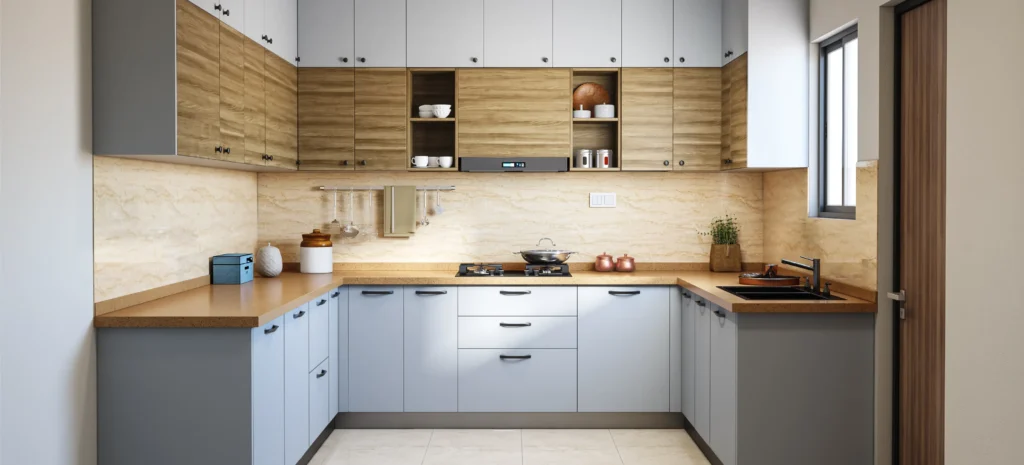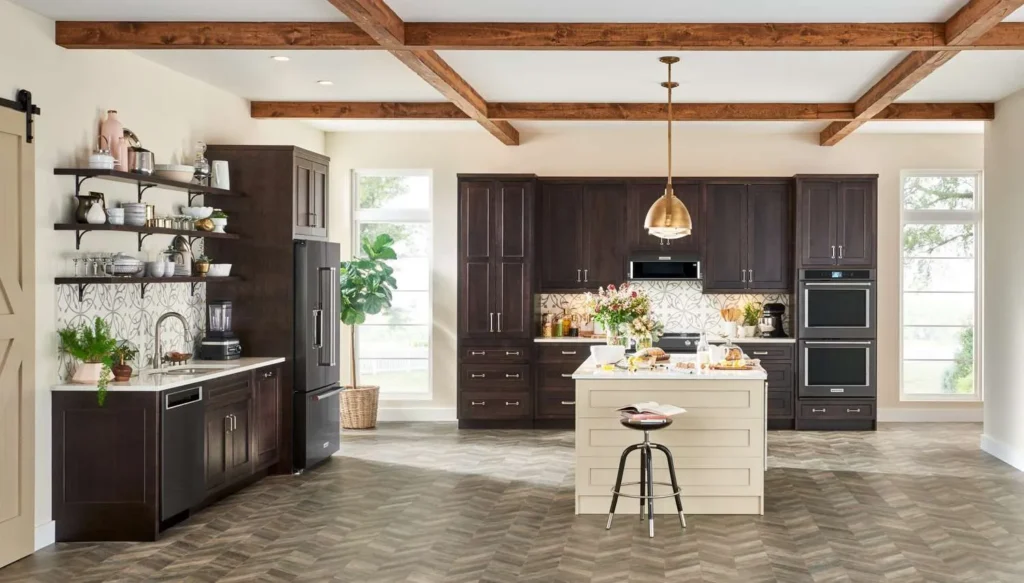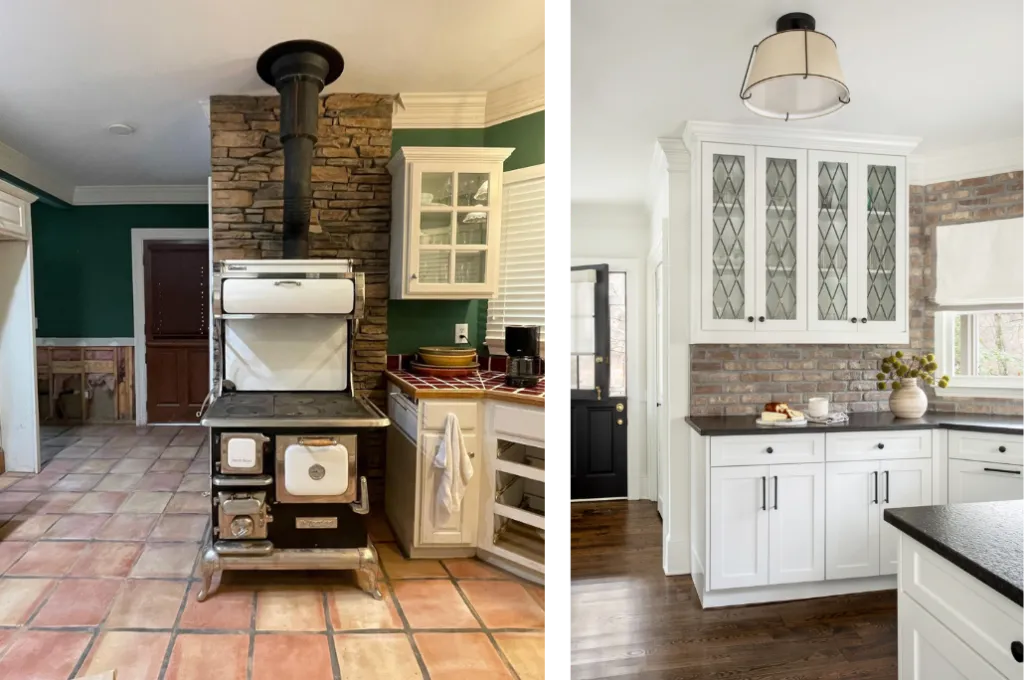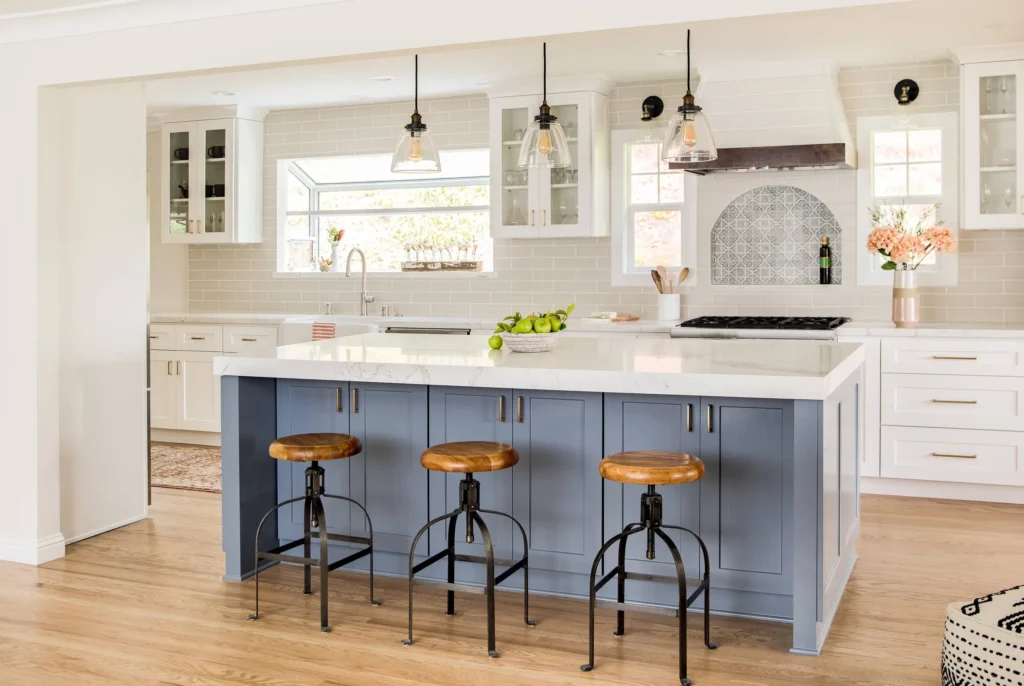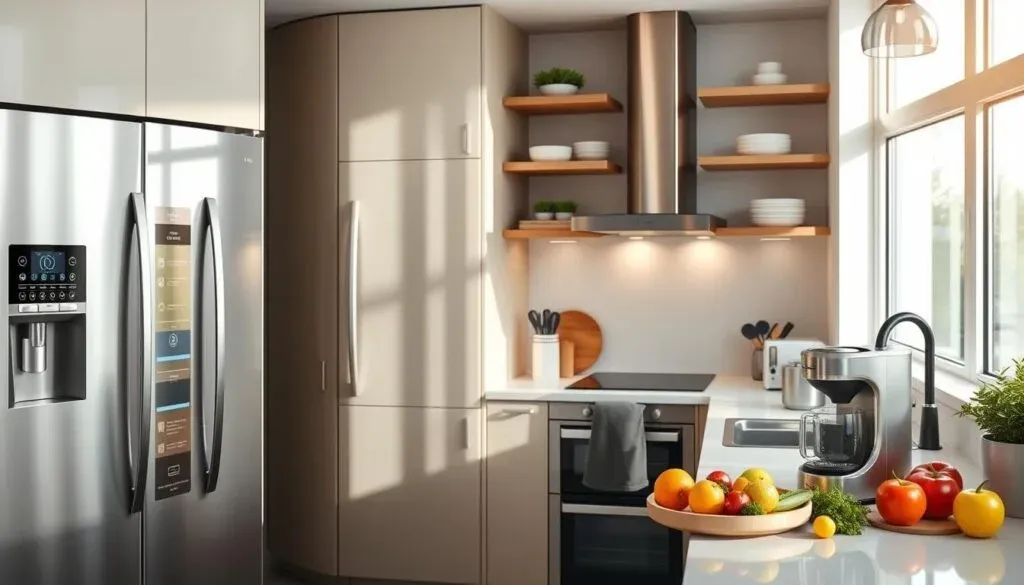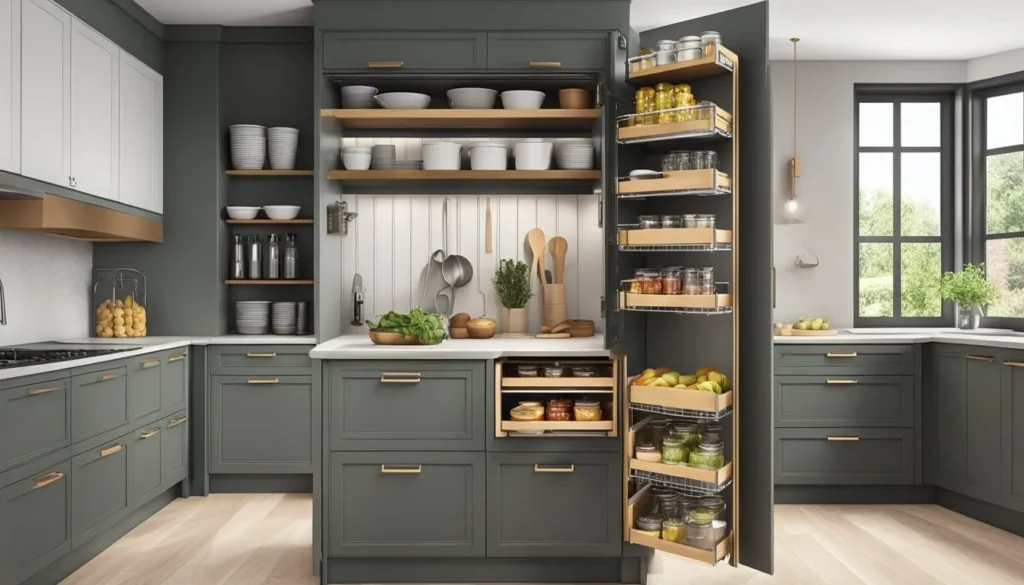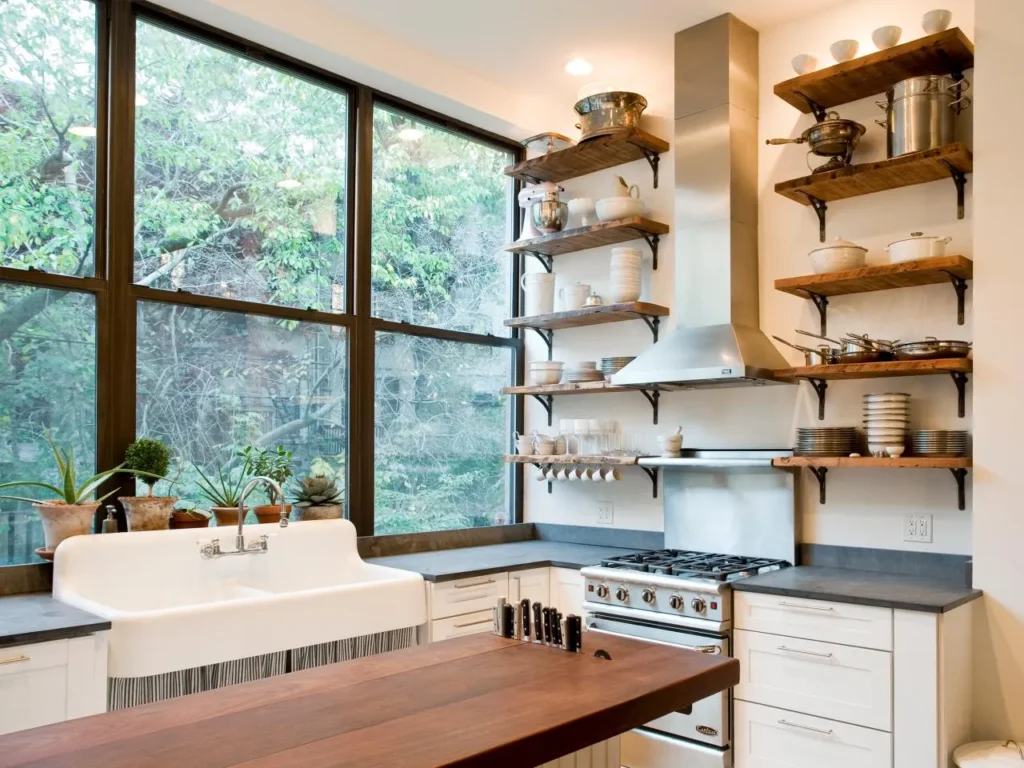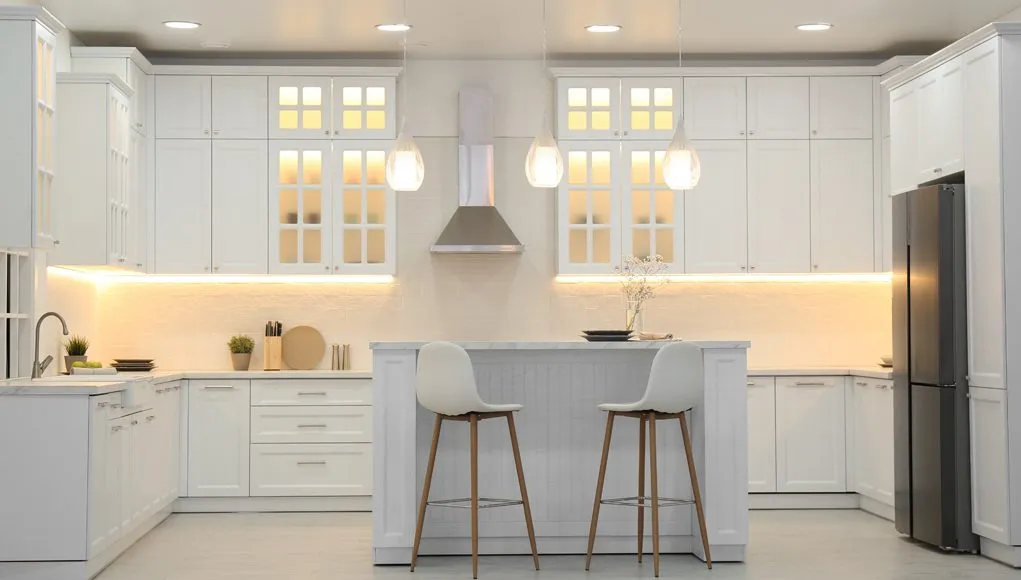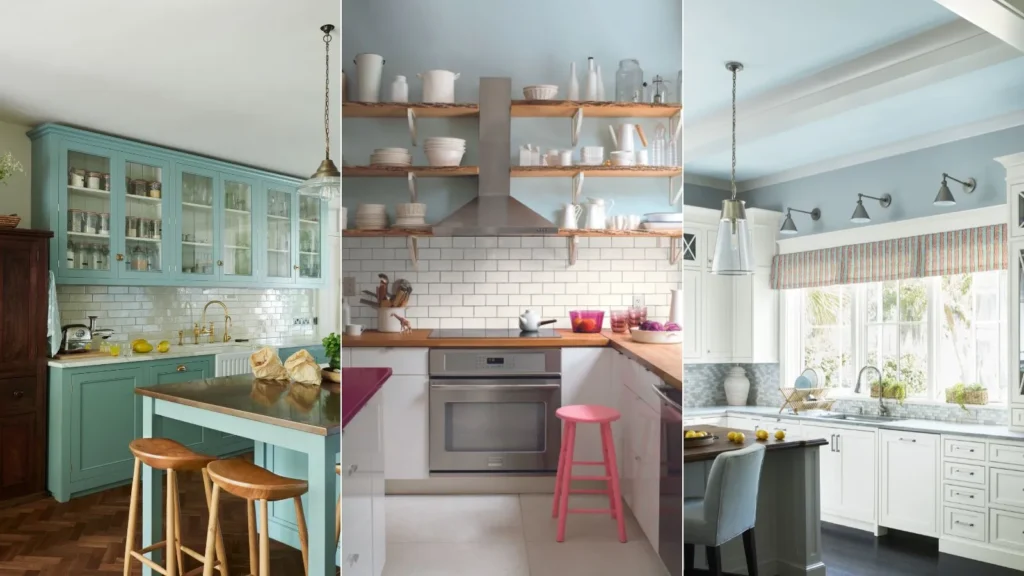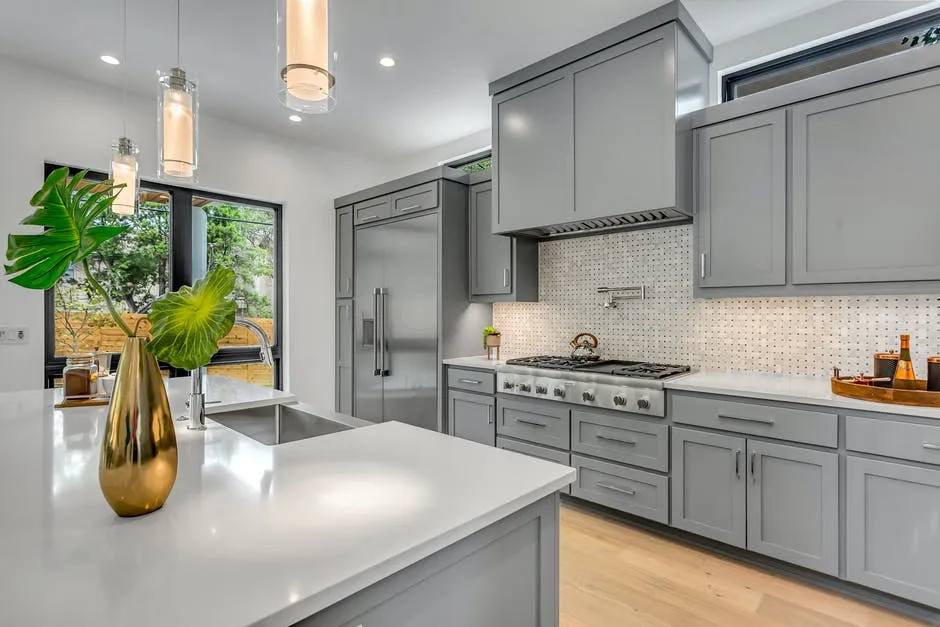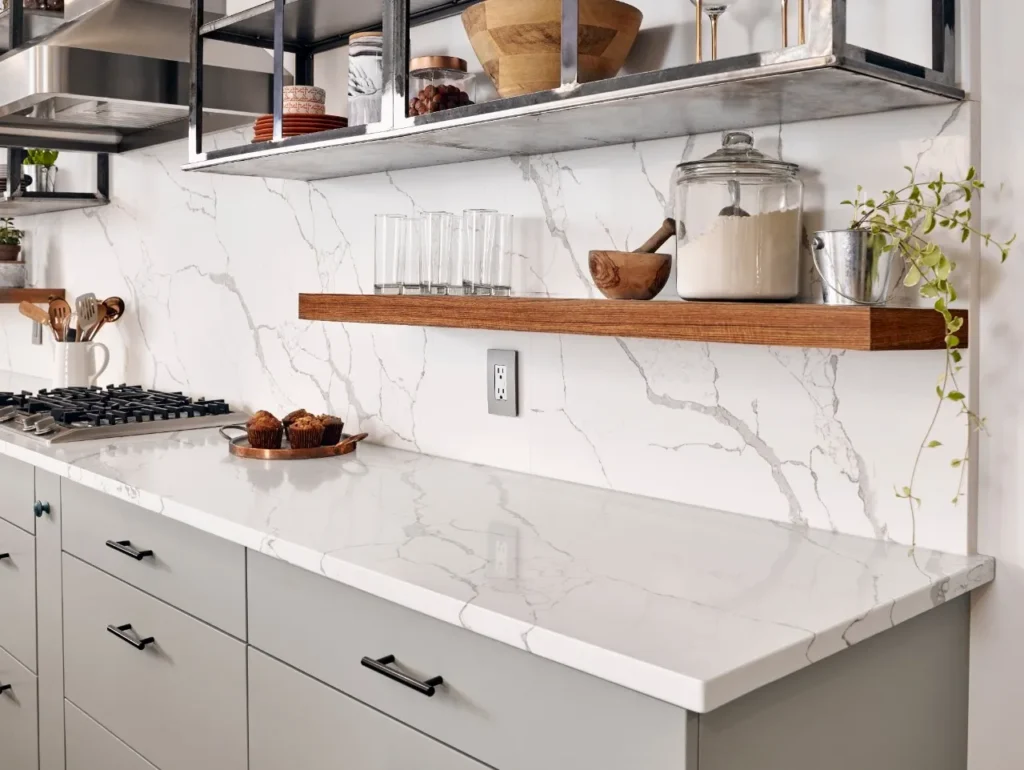[Resim Önerisi: Banyo yenileme projesi planlaması – çizimler, malzeme örnekleri ve araçlar]
Introduction
A bathroom remodeling project represents one of the most valuable home improvement investments you can make. With proper planning and execution, bathroom renovations can increase your home’s value by 60-70% of the project cost while dramatically improving your daily living experience. However, without a structured approach, these projects can quickly become overwhelming and costly.
The key to a successful bathroom renovation lies in understanding each phase of the process before breaking ground. From initial planning and design to final inspections, every step requires careful consideration and strategic decision-making. A well-executed bathroom remodeling project typically takes 2-4 weeks for basic updates and 6-8 weeks for complete overhauls.
This comprehensive step-by-step guide will walk you through every aspect of bathroom renovation, from setting realistic budgets to selecting the perfect fixtures. Whether you’re planning a simple refresh or a complete transformation, understanding the proper sequence of tasks will help you avoid costly mistakes and ensure professional-quality results.
Modern bathroom remodeling projects offer endless possibilities for customization and improvement. From spa-like retreats to efficient family bathrooms, the right approach can create a space that perfectly matches your lifestyle and aesthetic preferences while adding significant value to your home.
1. Planning and Design Phase
[Resim Önerisi: Banyo tasarım planları – zemin planı, 3D render ve malzeme panosu]
The foundation of any successful bathroom remodeling project begins with thorough planning and thoughtful design. Start by assessing your current bathroom’s strengths and weaknesses, identifying what works well and what needs improvement. Consider factors like layout efficiency, storage needs, lighting quality, and overall functionality.
Essential Planning Steps:
- Measure your existing space accurately
- Identify structural limitations and opportunities
- Research local building codes and permit requirements
- Create a realistic timeline for completion
- Establish clear project goals and priorities
During the design phase of your bathroom renovation, consider how the space will be used daily. A master bathroom serves different purposes than a guest powder room, and your design should reflect these functional differences. Think about traffic flow, privacy needs, and accessibility requirements for all family members.
Professional design consultation can be invaluable during this phase, even if you plan to manage the project yourself. Many bathroom remodeling projects benefit from expert input on layout optimization, fixture selection, and material coordination. Design professionals can also help you avoid costly mistakes and ensure your vision is achievable within your budget.
Create detailed drawings or use design software to visualize your new space. This planning tool helps you make informed decisions about fixture placement, storage solutions, and decorative elements before construction begins.
2. Budgeting and Cost Estimation
[Resim Önerisi: Bütçe planlama tablosu ve maliyet hesaplama araçları]
Establishing a realistic budget is crucial for bathroom remodeling project success. Typical bathroom renovations range from $10,000-$25,000 for mid-range projects to $30,000-$50,000 for luxury transformations. Understanding where your money goes helps prioritize spending and avoid budget overruns.
Budget Breakdown Guidelines:
- Labor costs: 35-40% of total budget
- Fixtures and fittings: 25-30%
- Materials (tile, flooring, paint): 20-25%
- Permits and inspections: 2-5%
- Contingency fund: 10-15%
Your bathroom renovation budget should include a substantial contingency fund for unexpected issues. Older homes often reveal hidden problems like outdated plumbing, electrical issues, or structural concerns that require additional investment. Planning for these possibilities prevents project delays and financial stress.
Research fixture and material costs thoroughly before finalizing your budget. Bathroom remodeling projects can vary dramatically in cost depending on your selections. High-end fixtures, natural stone materials, and custom cabinetry significantly impact overall project expenses.
Consider the long-term value of your investments. Energy-efficient fixtures, quality materials, and timeless designs may cost more initially but provide better returns through reduced utility bills and lasting appeal.
3. Obtaining Permits and Approvals
[Resim Önerisi: İzin belgeleri ve belediye onay süreçleri]
Most bathroom remodeling projects require permits, especially when involving plumbing, electrical, or structural changes. Contact your local building department early in the planning process to understand specific requirements for your area. Permit costs typically range from $100-$500 depending on project scope.
Common Permit Requirements:
- Plumbing modifications or relocations
- Electrical work including new circuits
- Structural changes like wall removal
- Window or door installations
- Ventilation system updates
The permit application process for bathroom renovation typically requires detailed plans showing proposed changes, fixture locations, and electrical layouts. Professional contractors often handle permit applications as part of their services, but DIY renovators must navigate this process independently.
Schedule permit inspections at appropriate project milestones. Most bathroom remodeling projects require inspections after rough plumbing and electrical work, before closing walls, and upon final completion. Failing inspections can cause significant delays and additional costs.
Understanding local codes ensures your project meets safety standards and passes inspections. Building codes address ventilation requirements, electrical safety, plumbing standards, and accessibility guidelines that affect your design decisions.
4. Demolition and Preparation
[Resim Önerisi: Banyo yıkım süreci – güvenlik ekipmanları ve yıkım araçları]
The demolition phase marks the beginning of physical work on your bathroom remodeling project. Proper preparation protects your home from dust and debris while ensuring worker safety. Cover adjacent areas with plastic sheeting and remove all personal items from the work zone.
Demolition Sequence:
- Remove fixtures and fittings carefully
- Disconnect plumbing and electrical connections
- Remove flooring and wall coverings
- Address any structural modifications
- Clean and prepare surfaces for new installation
Safety considerations during bathroom renovation demolition include wearing protective equipment, testing for hazardous materials like asbestos or lead paint, and ensuring proper ventilation. Older homes may contain materials requiring special handling and disposal procedures.
Document existing plumbing and electrical configurations before demolition. Photographs and measurements help during reconstruction and can prevent costly mistakes. Mark utility locations clearly to avoid accidental damage during demolition work.
Proper waste disposal is essential during this phase. Rent appropriate dumpsters and research local regulations for disposing of construction materials, especially if hazardous substances are present.
5. Plumbing and Electrical Rough-In
[Resim Önerisi: Banyo tesisatı ve elektrik altyapısı kurulumu]
The rough-in phase involves installing new plumbing and electrical systems before walls are closed. This critical stage of your bathroom remodeling project requires careful coordination and professional expertise. Most jurisdictions require licensed professionals for this work.
Plumbing Rough-In Tasks:
- Install new water supply lines
- Run drain and vent piping
- Set toilet flanges and shower drains
- Install shut-off valves and access panels
- Pressure test all connections
Electrical rough-in work includes installing new circuits, outlets, switches, and lighting fixtures. Modern bathroom renovation projects typically require GFCI protection, dedicated circuits for high-power appliances, and adequate lighting circuits. Plan outlet locations carefully to accommodate daily needs.
Coordinate plumbing and electrical work to avoid conflicts between systems. Proper planning prevents expensive modifications later in the project. Consider future needs when sizing electrical panels and plumbing systems.
Schedule inspections immediately after rough-in completion. Passing these inspections allows you to proceed with insulation and wall closure, maintaining project momentum.
6. Insulation, Drywall, and Flooring
[Resim Önerisi: Yalıtım, alçıpan ve zemin döşeme işlemleri]
After passing rough-in inspections, your bathroom remodeling project moves to closing walls and installing flooring systems. Proper insulation improves energy efficiency and reduces noise transmission between rooms. Use moisture-resistant insulation materials appropriate for bathroom environments.
Wall and Floor Installation:
- Install vapor barriers and insulation
- Hang and finish drywall or cement board
- Apply primer and base coats
- Install subfloor and underlayment
- Complete flooring installation
Moisture management is critical during this phase of bathroom renovation. Use cement board or moisture-resistant drywall in wet areas, and ensure proper vapor barrier installation. These materials prevent mold growth and structural damage from humidity exposure.
Flooring selection significantly impacts both aesthetics and functionality. Porcelain tile, luxury vinyl, and natural stone offer excellent moisture resistance and durability. Install flooring before wall tile to ensure proper water management and professional appearance.
Take time to achieve smooth, level surfaces during this phase. Quality preparation work ensures professional results in subsequent phases and prevents costly corrections later.
7. Fixture Installation and Finishing
[Resim Önerisi: Banyo armatürlerinin kurulumu – lavabo, tuvalet, duş kabini]
Fixture installation represents the most visible phase of your bathroom remodeling project. Quality installation ensures proper function and longevity while creating the aesthetic impact you’ve planned. Follow manufacturer instructions carefully and use appropriate tools and materials.
Installation Sequence:
- Install shower/tub units first
- Mount vanities and countertops
- Connect plumbing fixtures
- Install toilets and bidets
- Add mirrors, lighting, and accessories
Professional installation is recommended for complex fixtures like steam showers, jetted tubs, or integrated smart technology. These systems require specialized knowledge and often void warranties if improperly installed during bathroom renovation.
Test all fixtures thoroughly before considering the installation complete. Check for leaks, proper drainage, appropriate water pressure, and correct operation of all mechanical components. Address any issues immediately to prevent damage to finished surfaces.
Coordinate fixture installation with tile and paint work to achieve clean, professional results. Some fixtures install before wall finishes, while others complete the final phase of your bathroom remodeling project.
8. Final Inspections and Project Completion
[Resim Önerisi: Tamamlanmış banyo – final muayene ve kalite kontrol]
The final phase of your bathroom remodeling project involves inspections, touch-ups, and project closeout. Schedule final building inspections to ensure code compliance and obtain occupancy approval. Address any inspection issues promptly to avoid delays.
Project Completion Checklist:
- Complete final building inspections
- Test all systems thoroughly
- Address punch list items
- Clean construction debris
- Document warranty information
Quality control during bathroom renovation completion includes testing all electrical outlets, checking plumbing connections for leaks, verifying proper ventilation operation, and ensuring all fixtures function correctly. Create a punch list of minor items requiring attention.
Maintain detailed records of your project including permits, inspections, warranties, and material specifications. This documentation proves valuable for future maintenance, insurance claims, and home sales.
Celebrate your completed bathroom remodeling project! Take time to enjoy your new space and share your experience with others considering similar renovations.
Conclusion
A successful bathroom remodeling project requires careful planning, realistic budgeting, and systematic execution. By following this step-by-step guide, you can navigate the complexities of bathroom renovation while achieving professional-quality results that enhance both your daily life and home value.
Remember that bathroom remodeling projects are investments in your home’s future. Quality materials, professional installation, and attention to detail ensure lasting satisfaction and maximum return on investment. Don’t rush critical decisions or compromise on essential elements like waterproofing and ventilation.
The key to bathroom renovation success lies in thorough preparation and realistic expectations. Unexpected challenges are normal, but proper planning and contingency budgets help you address them without derailing your project timeline or budget.
Your completed bathroom remodeling project should reflect your personal style while meeting practical needs for years to come. Take pride in your accomplishment and enjoy the improved functionality and beauty of your transformed space.
[Resim Önerisi: Başarılı banyo yenileme projesi sonucu – lüks ve fonksiyonel banyo]
What's the average cost of a bathroom remodeling project?
Bathroom renovation costs range from $10,000-$25,000 for mid-range projects to $30,000-$50,000 for luxury transformations. Costs vary based on size, fixture quality, labor rates, and local market conditions. Always include a 10-15% contingency fund.
Do I need permits for my bathroom remodeling project?
Most bathroom renovations require permits, especially for plumbing, electrical, or structural work. Contact your local building department early in planning. Permit costs typically range from $100-$500 depending on project scope and local requirements.
Can I live in my home during a bathroom remodeling project?
Yes, most homeowners remain in their homes during bathroom renovation. Plan alternative arrangements for bathing and consider the inconvenience of construction noise and dust. Projects affecting your only bathroom require temporary solutions.
What's the best return on investment for bathroom remodeling projects?
Bathroom renovations typically return 60-70% of project costs at resale. Mid-range updates often provide better ROI than luxury renovations. Focus on quality fixtures, efficient layouts, and timeless designs for maximum value retention.
Sources/References
- National Association of Realtors – Remodeling Impact Report https://www.nar.realtor/research-and-statistics/research-reports/remodeling-impact
- Better Homes & Gardens – Bathroom Remodeling Guide https://www.bhg.com/bathroom/remodeling/
- This Old House – Bathroom Renovation Steps https://www.thisoldhouse.com/bathrooms/21018306/bathroom-renovation-guide
- HomeAdvisor – Bathroom Remodeling Costs and Timeline https://www.homeadvisor.com/cost/bathroom/remodel-bathroom/
- International Code Council – Bathroom Building Codes https://www.iccsafe.org/building-safety-journal/bsj-technical/bathroom-ventilation/
- NKBA – National Kitchen & Bath Association Guidelines https://nkba.org/design-guidelines
- Angie’s List – Bathroom Renovation Planning Tips https://www.angieslist.com/articles/bathroom-remodeling-guide.htm
